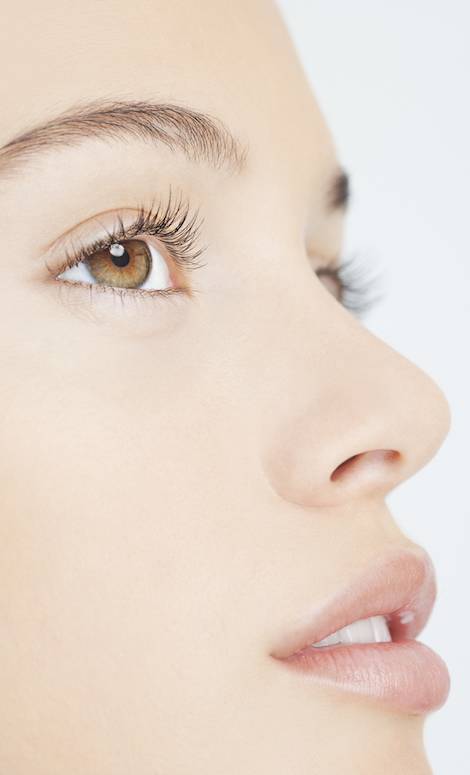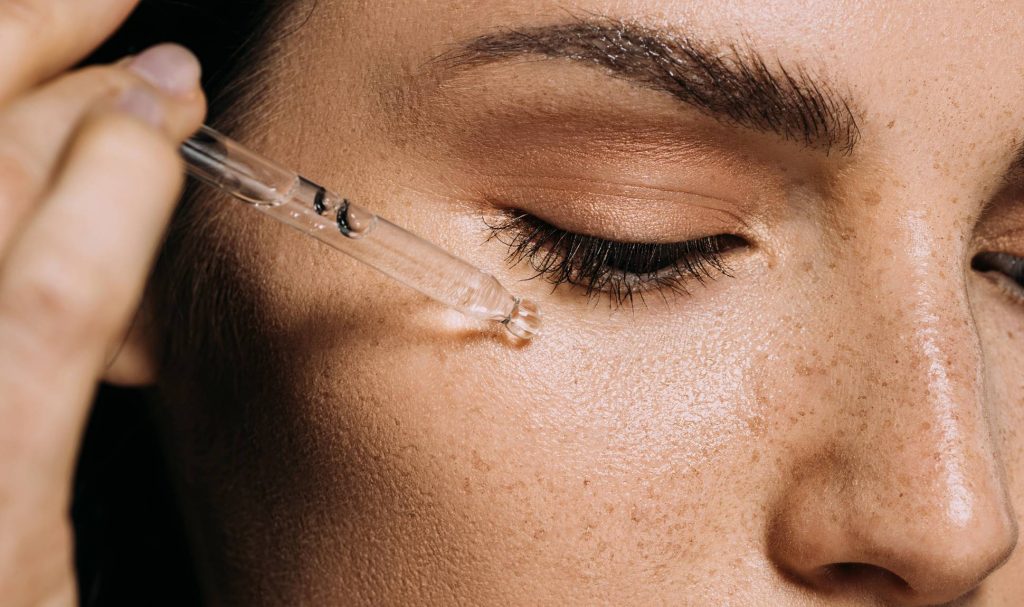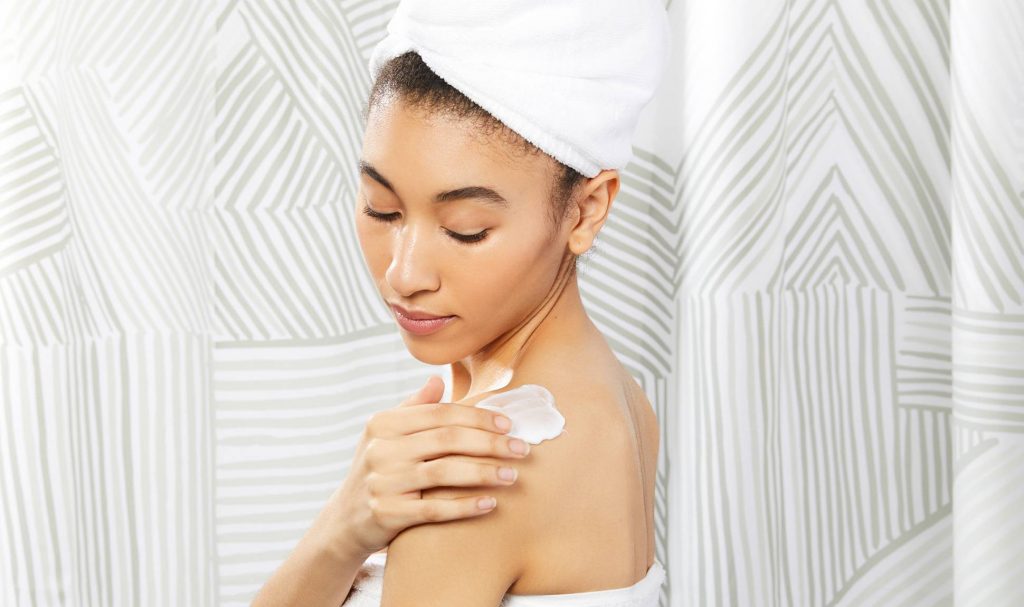Have a look at your nose. You might notice little, pin-like dots in a pale grey or flesh-colored tone. It’s the pore-clogging gunk inside blackheads, right? Well, not quite. They’re actually naturally-occurring sebaceous filaments, and everybody has them. If this is news to you, possibilities are you’re feeling tricked, puzzled, and like your entire livelihood of believing your nose was loaded in pesky blackheads was a lie. Hang tight, there’s more shocking news where that came from. However before we enter that, let’s square away the differences between sebaceous filaments and blackheads.
WHAT IS THE DIFFERENCE BETWEEN SEBACEOUS FILAMENTS AND BLACKHEADS?
For a bit more insight on sebaceous filaments, we talked with cosmetic surgeon and skin care specialist Dr. Peter Schmid. “Sebaceous filaments emerge from skin hair follicles lined by sebaceous oil glands located in the areas of the main face and nose presenting in post-puberty ages,” he said. “When squeezed and drawn out from the pores, the material is yellowish-white cylindric tubules consisting of a collection of dead cells, germs, wax esters, and lipids.” If you have bigger pores or an oily complexion( from excess sebum production due to hormonal agents or genetics, for example), sebaceous filaments might be more noticeable. “The condition is really not acne, but the normal buildup of porous debris around a hair in its follicle,” Dr. Schmid states. “The collections typically appear tan or light grey or present as a hair-like hair.”
Blackheads, on the other hand, are the outcome of a clogged up pore that may include dead skin cells, dirt, pollutants, cosmetics accumulation, and sebum. “Blackheads are the buildup and obstructing of a pore with a potpourri of oxidized melanin, dead skin cells, dirt, particles, makeup, impurities, germs and sebum,” Dr. Schmid says. “These appear across the surface area of the skin as a little raised or depressed stippled black dilated pores.” The characteristic “black” color is because of oxidation of the contents. That’s right, blackheads turn their characteristic black shade when they oxidize as a result of being exposed to air. Blackheads may have a somewhat raised border, and can accompany a whitehead. As pointed out however, sebaceous filaments have absolutely nothing to do with acne.
HOW CAN I GET RID OF SEBACEOUS FILAMENTS?
Unfortunately, our experts have informed us there’s absolutely nothing you can do to get rid of sebaceous filaments. But the truth is, you should not even want to. The sebum on the surface of our skin helps keep our skin moisturized and safeguarded versus bad bacteria. “Sebaceous filaments are a typical skin problem and really assist to keep the skin’s natural wetness levels,” says Dr. Schmid. If you are dissatisfied about the look of sebaceous filaments or wish to prevent them turning into blackheads, you can begin by cleaning and exfoliating regularly, utilizing pore strips, and/or applying a clay mask to help keep pores free of excess oil and particles.
Dr. Schmid likewise has a couple of tips of his own for attending to sebaceous filaments: “To prevent and relieve surface area accumulation, a daily cleaning, fixing and safeguarding regimen is key,” he states. “I advise products with salicylic acid for clarifying the skin and getting rid of excess oil and germs.” Dr. Schmid also advises a vitamin C product and an acne spot treatment. “And finally, everyone needs to utilize a quality sun block 365 days annually,” he states.
HOW CAN I GET RID OF BLACKHEADS?
If you’re intending to eliminate blackheads, you’ll in fact follow a similar routine. “At house, I advise everyday exfoliation with an excellent cleanser specifically created for acne-prone skin,” states skin doctor, and Skincare.com consultant, Dr. Dhaval Bhanusali. “Cleanse with a sonic facial cleaning brush 2 to 3 times a week to supplement.” As Dr. Bhanusali mentioned, to rid your skin of blackheads, your skin care focus must be on cleaning and exfoliating to assist decongest your pores and to help them from ending up being clogged in the very first location..
Another choice to think about is integrating salicylic acid into your routine. “Salicylic acid is excellent for blackheads,” Dr. Bhanusali states. “It keeps swelling at bay, forces out all the debris clogging the pores, and is also fantastic for softening the skin and providing you that tight, firm sensation after cleansing.” Just ensure not to exaggerate it, because the active ingredient is notoriously drying. If topical choices don’t work, you can pay a visit to the skin specialist who can carefully draw out the blackheads for you using sterile tools. Pore strips– when utilized in small amounts– can likewise be a great tool for targeting your blackheads.
Despite whether you’re handling blackheads or sebaceous filaments, resist the desire to pop or choose at your skin. This can aggravate the area and lead to scarring, as well as add more dirt and bacteria from your fingers into your pores, leaving you– and your skin– even worse off. Also, practice a little patience. Eliminating your blackheads might not happen over night and that’s perfectly ok. With time, all of your skin care efforts ought to show to be worth it.




